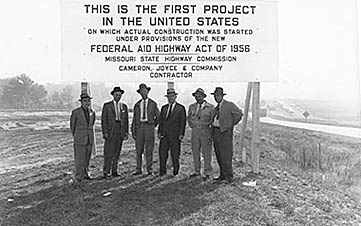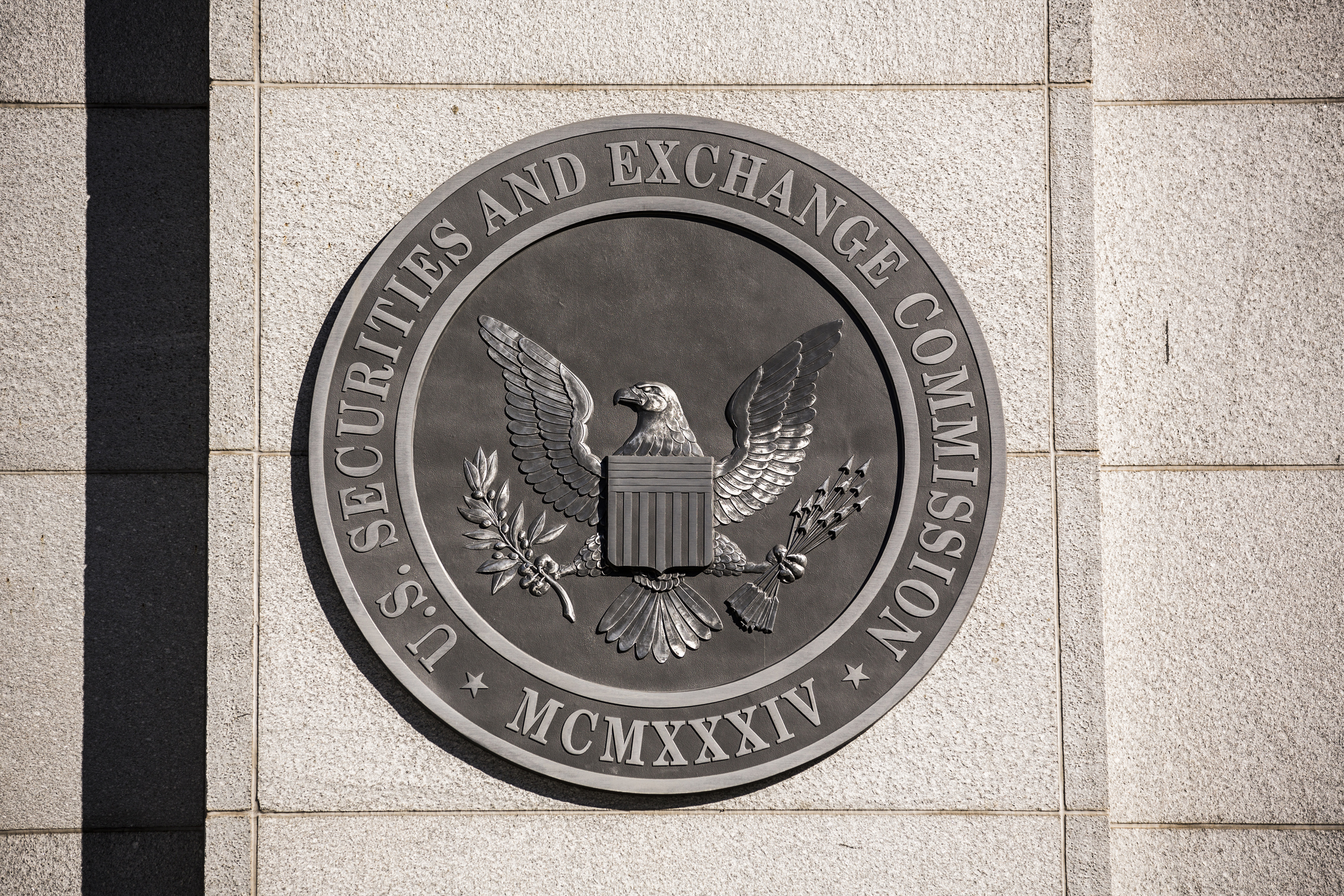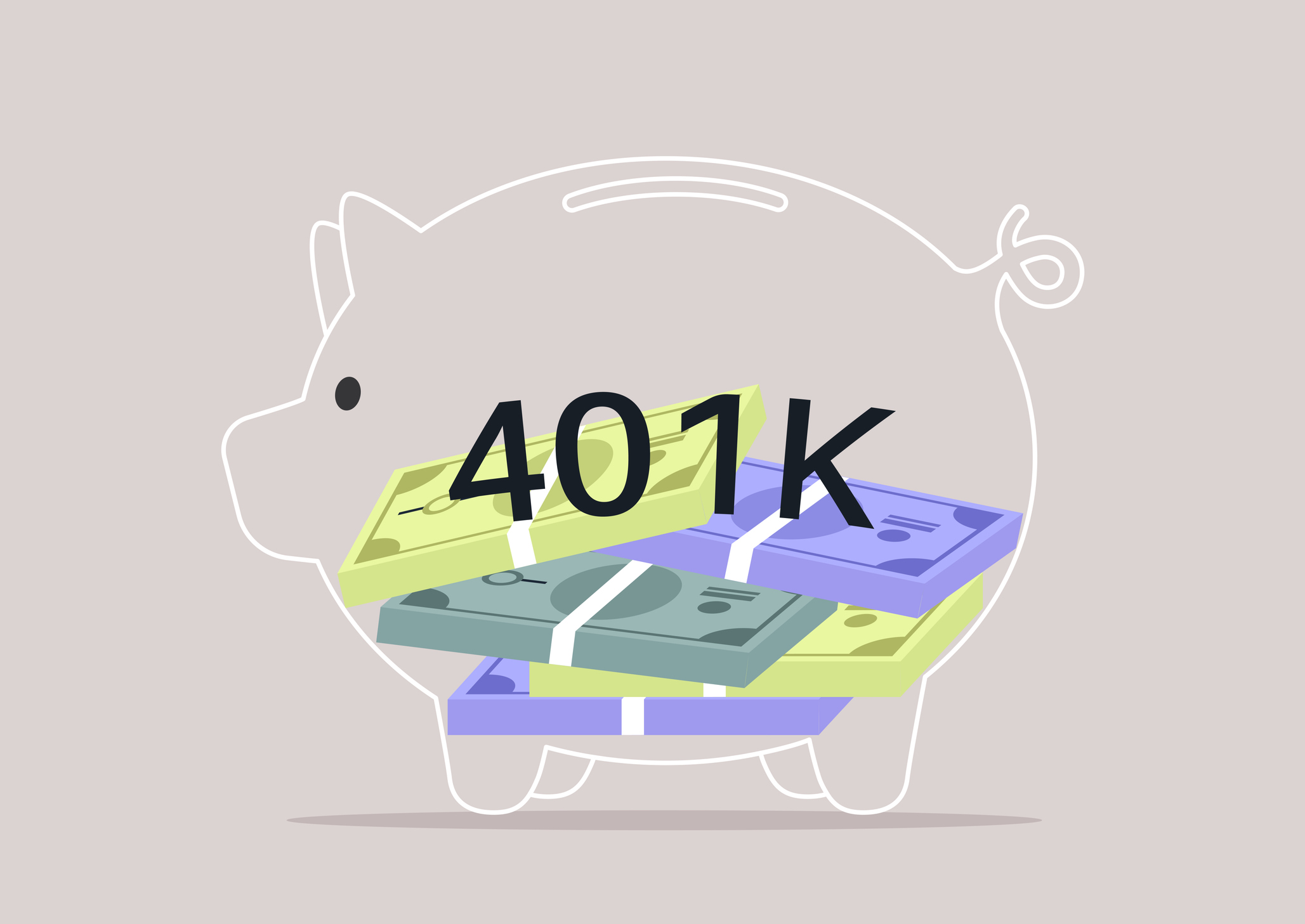A Brief History of the Federal Gasoline Tax
The government has been taxing our fuel for over 80 years—and right from the get-go, the money was going to things other than roads and bridges.

As Congress considers raising the federal tax on gasoline for the first time since 1993, consider highlights from a history of the tax prepared by the Congressional Research Service (CRS). In 1911, just three years after the Model T was introduced, Oregon became the first state to tax motor fuels. By 1932, every state and the District of Columbia had followed suit. And in 1932, the feds got in on the act.
1932
A temporary 1-cent-a-gallon federal tax is imposed. It is not dedicated to building roads but rather to deficit reduction in the midst of the Great Depression. It is scheduled to expire in 1934.
1933
Congress votes to extend the tax and increase the rate to 1.5 cents a gallon.
From just $107.88 $24.99 for Kiplinger Personal Finance
Become a smarter, better informed investor. Subscribe from just $107.88 $24.99, plus get up to 4 Special Issues

Sign up for Kiplinger’s Free Newsletters
Profit and prosper with the best of expert advice on investing, taxes, retirement, personal finance and more - straight to your e-mail.
Profit and prosper with the best of expert advice - straight to your e-mail.
1934
When Prohibition ends (so the feds can again tax booze), the gas tax falls back to 1 cent a gallon, where it stays until 1940.
1940
In anticipation of World War II, the tax rate is hiked to 1.5 cents a gallon through June 1945. Later, it is made permanent at that level.
1951
To help pay for the Korean War, Congress boosts the gas tax to 2 cents a gallon.

1956
Congress creates the Highway Trust Fund, increases the federal gas tax to 3 cents a gallon and dedicates 100% of the revenue to the Trust Fund to help pay for the interstate highway system.
1959
Congress pushes the tax to 4 cents a gallon.
1983
Lawmakers add a nickel a gallon, setting the rate at 9 cents a gallon, with 1 cent dedicated to mass transit projects.
1990
An additional 5 cents a gallon is added, bringing the tax to 14 cents a gallon. Half of the increase is dedicated to highways, the other 2.5 cents aimed at deficit reduction (the same goal as the original tax in 1932).
1993
Congress adds 4.3 cents a gallon to the gasoline tax, with the added revenue dedicated to deficit reduction. With the addition of the 0.1-cent-a-gallon levy to fund the leaking underground storage tank trust fund the federal tax rose to 18.4 cents a gallon. That’s where it stands today. Since 1997, the full federal gasoline tax has gone to the Highway Trust Fund.
Profit and prosper with the best of Kiplinger's advice on investing, taxes, retirement, personal finance and much more. Delivered daily. Enter your email in the box and click Sign Me Up.

-
 'Humbug!' Say Consumers, Despite Hot GDP: Stock Market Today
'Humbug!' Say Consumers, Despite Hot GDP: Stock Market Today"The stock market is not the economy," they say, but both things are up. Yet one survey says people are still feeling down in the middle of this complex season.
-
 The SEC Is Concerned for Older Investors and Retirement Savers. Here's What You Should Know
The SEC Is Concerned for Older Investors and Retirement Savers. Here's What You Should KnowThe SEC focusing on older investors, retirement and college savers, and private securities. Here's how those changes impact you.
-
 Vesting, Catch-Ups and Roths: The 401(k) Knowledge Quiz
Vesting, Catch-Ups and Roths: The 401(k) Knowledge QuizQuiz Test your understanding of key 401(k) concepts with our quick quiz.
-
 9 Types of Insurance You Probably Don't Need
9 Types of Insurance You Probably Don't NeedFinancial Planning If you're paying for these types of insurance, you may be wasting your money. Here's what you need to know.
-
 Banks Are Sounding the Alarm About Stablecoins
Banks Are Sounding the Alarm About StablecoinsThe Kiplinger Letter The banking industry says stablecoins could have a negative impact on lending.
-
 Amazon Resale: Where Amazon Prime Returns Become Your Online Bargains
Amazon Resale: Where Amazon Prime Returns Become Your Online BargainsFeature Amazon Resale products may have some imperfections, but that often leads to wildly discounted prices.
-
 Tax Rule Change Could See Millions Lose Health Insurance
Tax Rule Change Could See Millions Lose Health InsuranceThe Kiplinger Tax Letter If current rules for the health premium tax credit (PTC), a popular Obamacare subsidy, aren't extended, 3.7 million people could lose their health insurance.
-
 Roth IRA Contribution Limits for 2026
Roth IRA Contribution Limits for 2026Roth IRAs Roth IRAs allow you to save for retirement with after-tax dollars while you're working, and then withdraw those contributions and earnings tax-free when you retire. Here's a look at 2026 limits and income-based phaseouts.
-
 Four Tips for Renting Out Your Home on Airbnb
Four Tips for Renting Out Your Home on Airbnbreal estate Here's what you should know before listing your home on Airbnb.
-
 Five Ways to a Cheap Last-Minute Vacation
Five Ways to a Cheap Last-Minute VacationTravel It is possible to pull off a cheap last-minute vacation. Here are some tips to make it happen.
-
 How Much Life Insurance Do You Need?
How Much Life Insurance Do You Need?insurance When assessing how much life insurance you need, take a systematic approach instead of relying on rules of thumb.